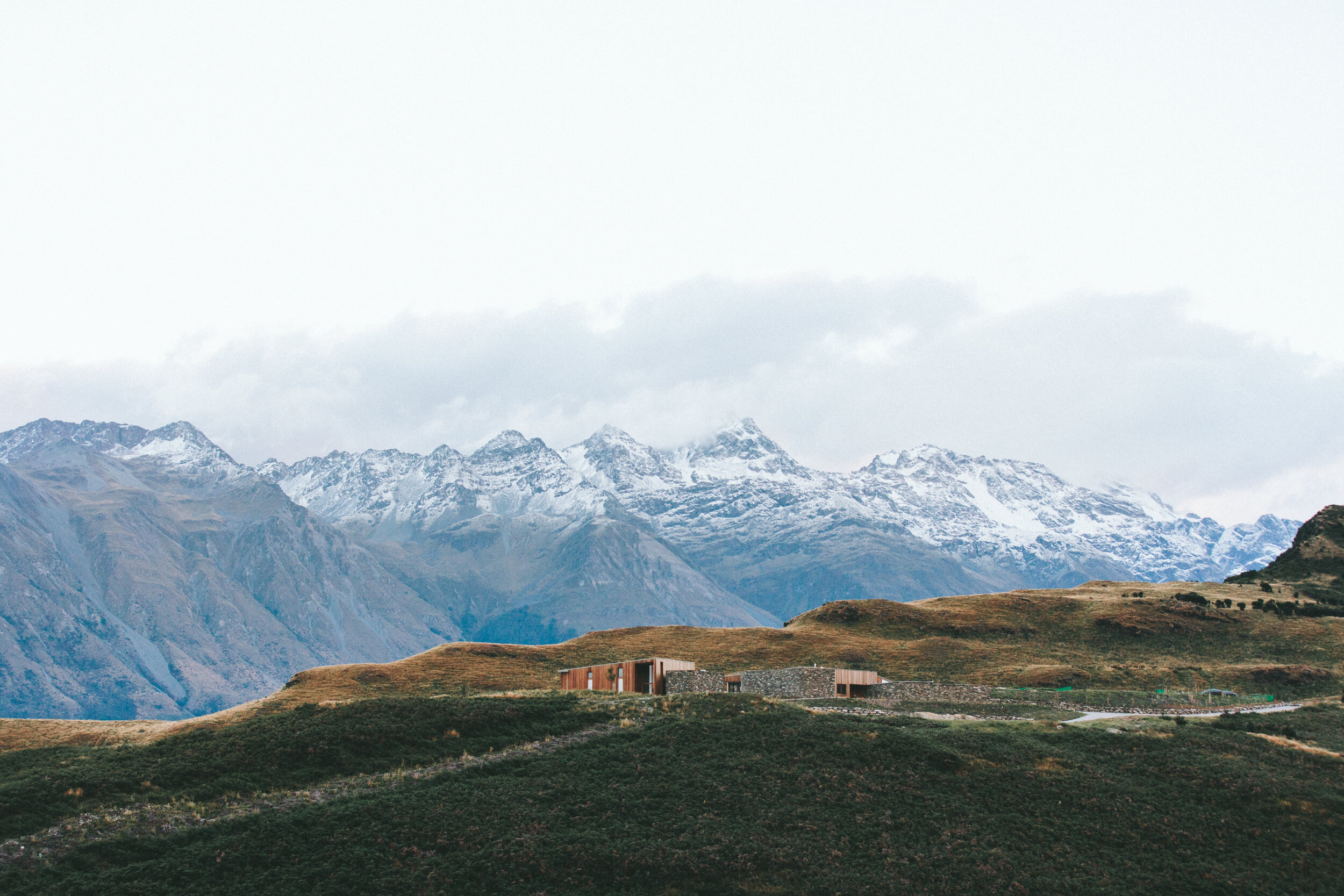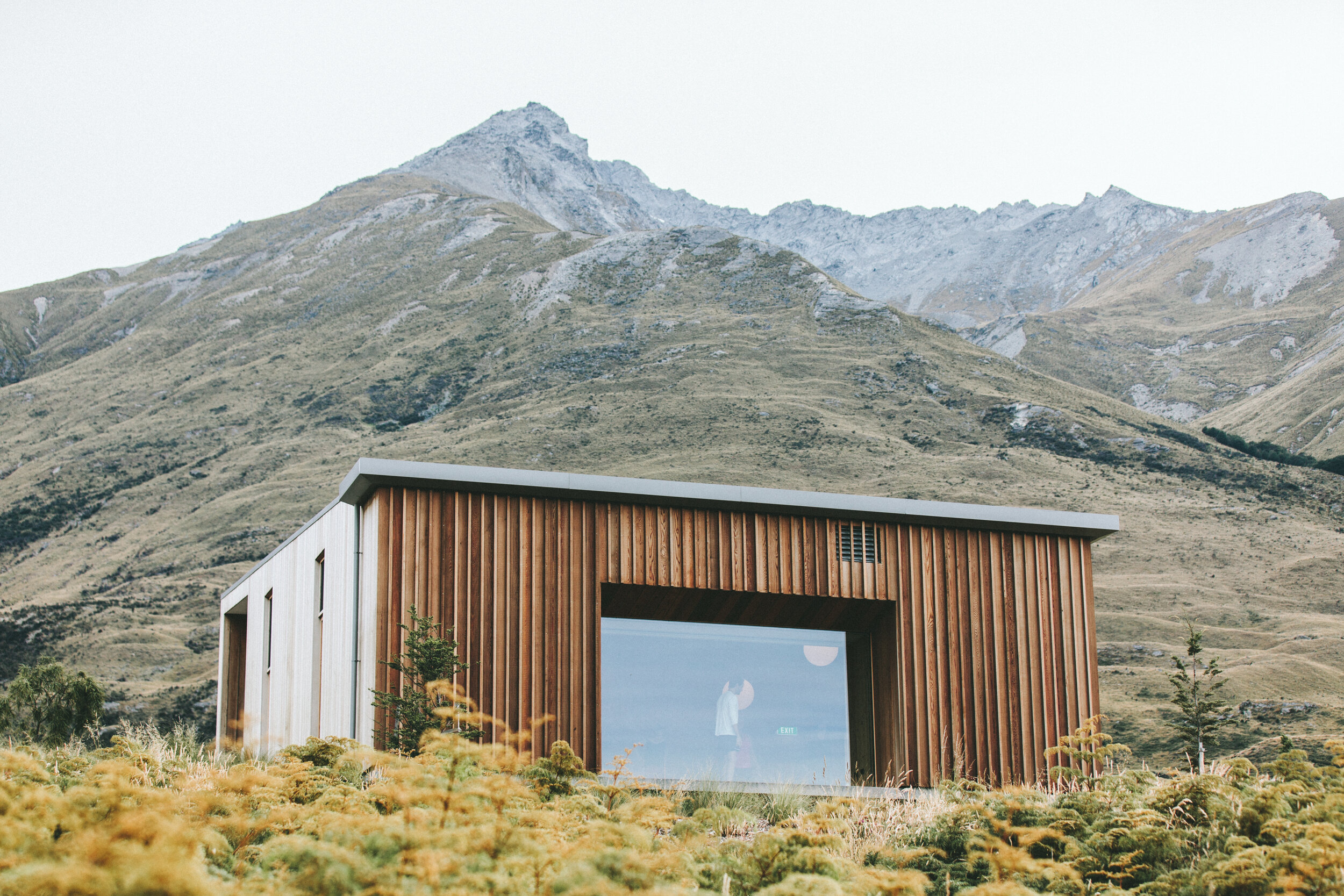300,000
Streets
What if Melbourne had 300,000 participatory and liveable streets?
Our streets are more than bitumen and stormwater drains. They’re a uniquely shared space where our private selves meet the world, and community is formed. The streets are for everyone, no matter how you use them. So, what if we allow our streets to play the vital role in life they are intended for – to animate the social, environmental and economic aspects of communities? What if the streets were our change agent for climate and social action?
Across Greater Melbourne, we have approximately 300,000 streets. Every street is connected to another street, ultimately creating a networked web. But as participation between the community and decision-makers erodes, fewer people feel like they have agency over shaping where they live. Our streets are no longer fit for purpose; we are losing touch with them, and each other.
A new responsive approach – one which centres the community’s wants, needs and vision on every single Melbourne street – is absolutely vital to design a resilient and interconnected city. To ensure our city is truly liveable, for all.
BAYSIDE CITY COUNCIL
VILLAGE ZERO
UNCOMMON FOLK
STREAT
I2C
GREEN COLLECT
Arup
Better Streets
Bike West
Centre for Cities
Centre for Just Places
City Compost Network,
City of Melbourne
City of Stonnington
Clear Horizons
Earthwatch
Good Cycles
Good Karma Network
Greater Western Water
Hatch
Hosier inc
i2C
Irregular
Kingston Council
Maribyrnong Council
Merri-bek Council
Movement and Place
Municipal Association of Victoria
Renew Australia
Repower
RMIT Future Play Lab
Streets Alive
Swinburne University
Tamarack Institute
Transition Towns
VicHealth
Village Greening
Village Well
Village Zero
Woodleigh School
BAYSIDE CITY COUNCIL VILLAGE ZERO UNCOMMON FOLK STREAT I2C GREEN COLLECT Arup Better Streets Bike West Centre for Cities Centre for Just Places City Compost Network, City of Melbourne City of Stonnington Clear Horizons Earthwatch Good Cycles Good Karma Network Greater Western Water Hatch Hosier inc i2C Irregular Kingston Council Maribyrnong Council Merri-bek Council Movement and Place Municipal Association of Victoria Renew Australia Repower RMIT Future Play Lab Streets Alive Swinburne University Tamarack Institute Transition Towns VicHealth Village Greening Village Well Village Zero Woodleigh School
Why it’s important
Currently Melbourne is a city where streets function primarily as transit corridors rather than spaces of regeneration and care.
Relationships between communities and our democratic systems are eroding at an ever-increasing rate, and a new approach to governing is needed, one that is responsive to the roles communities want to play in shaping their futures.
With liveability scores varying dramatically across the city, residents are living in neighborhoods that don’t support the basic conditions for street-level engagement - walkable connections, accessible gathering spaces, or the social infrastructure needed to foster community stewardship.
To create pathways for hyperlocal action to genuinely transform larger systems.
read our latest report
Throughout 2024 we took to the streets of Greater Melbourne to explore the barriers and opportunities for participatory street-scapes. Along the way it became clear that whilst good activity is underway, it’s happening in pockets and not enabled by current decision makers.
This report marks the beginning of what became the orientation for 300,000 Streets and celebrates the power and potential of our streets.
how it works
There is amazing activity happening all across the Streets of Greater Melbourne. There always has been, it’s what makes Melbourne the vibrant city we are.
And, at times of transition there needs to be scaffolding and coordination to create centres of gravity that tilts this community-led activity from outlier into the mainstream. This is what we do, act as connective tissue between an existing and emerging system
Backstage of this looks like an ‘architecture’ that holds lots of relationships, system insights, directs transition pathways and creates coherence (not consensus) for what we do.
Front stage in Melbourne this looks like a set of on the ground projects, happening in collaboration with partners all across the city. When added up, these are designed to be the building blocks to shift the energy, and purpose, of a system towards one that serves everyone, not just a few.
Get involved
Nina Sharpe
Lead Convenor (300,000 Streets)
nina@regen.melbourne
Read the 2024 sensemaking report, which sets the scene for the development of 300,000 Streets
Sign up to the Street Library, a monthly newsletter which has upcoming events, curated research and all your street gossip.
resources, updates and notes from the field
Featured Projects
-

Wellbeing Capital: hyper local, distributed grant-making
A participatory grantmaking tool that allows funders to allocate capital to aligned community groups, who decide how to use it through decentralised, mutually agreed upon outcomes. RM is leading the testing and expansion of the tool across community groups in Greater Melbourne.
Partners: The Wellbeing Protocol, Village Zero, Bendigo Bank, Menzies Foundation
-

Climate change exchange: Building capacity for climate change adaptation
The Climate Change Exchange brings together experts and ideas to help communities respond to the increasing threats of climate change in socially just and effective ways. RM is the lead in driving the re-establishment of a much needed partnership and network.
Partners: La Trobe University, RMIT, Federation of Community Legal Centres
-

Climate change exchange: Building capacity for climate change adaptation
The Climate Change Exchange brings together experts and ideas to help communities respond to the increasing threats of climate change in socially just and effective ways. RM is the lead in driving the re-establishment of a much needed partnership and network.
Partners: La Trobe University, RMIT, Federation of Community Legal Centres


















